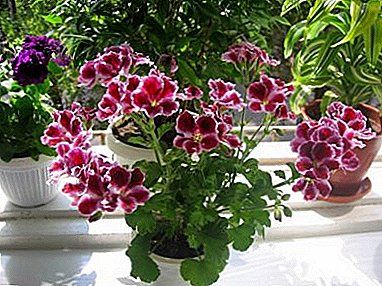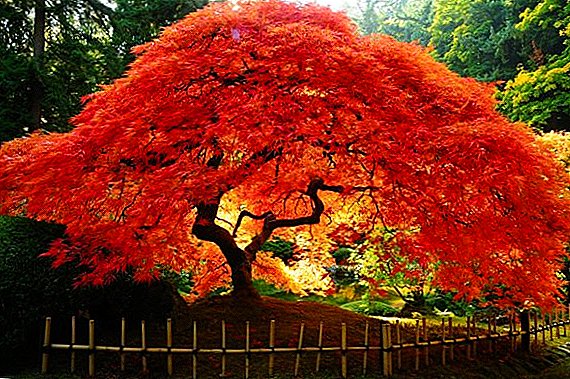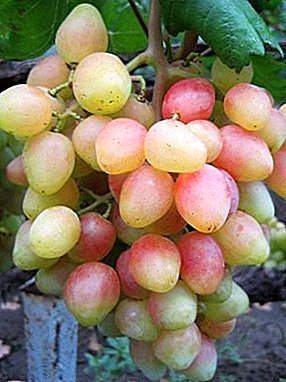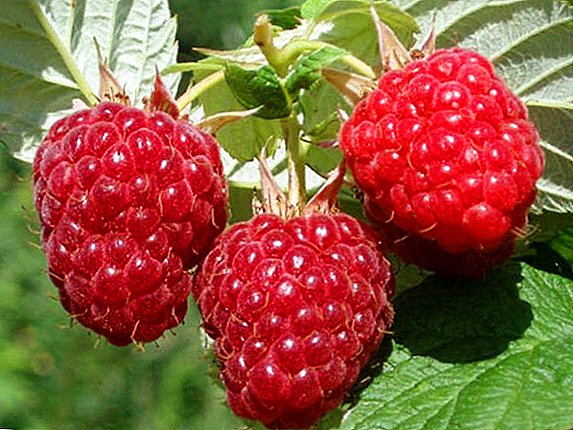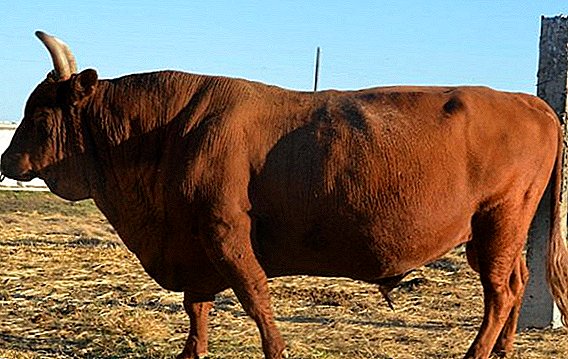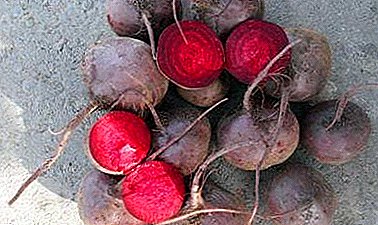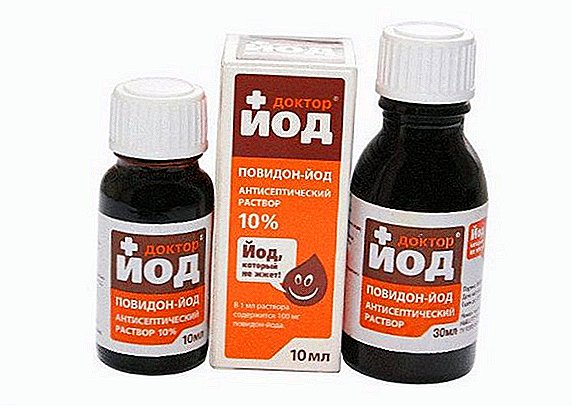 Iodine is an indispensable gardener's assistant, living in every home first-aid kit. The range of application of the tool is quite wide. Possessing antiseptic and disinfectant properties, the solution is used not only for medical purposes, but also as a fertilizer for plants, fertilizing and a means for prophylactic treatment from diseases and pests.
Iodine is an indispensable gardener's assistant, living in every home first-aid kit. The range of application of the tool is quite wide. Possessing antiseptic and disinfectant properties, the solution is used not only for medical purposes, but also as a fertilizer for plants, fertilizing and a means for prophylactic treatment from diseases and pests.
Seed treatment before planting
This disinfector helps to hold fungal disease prevention plants before planting. Etching can help in the destruction of not only external infections, but also infections inside the seed. Also, treating the seeds with this tool, you can increase the germination of seedlings. All that is required is to soak the seeds in iodine solution (1 drop of iodine per 1 liter of water) for 5-6 hours.
As a medicine and fertilizer, gardeners use different pharmaceutical preparations, for example, brilliant green water, ammonia, hydrogen peroxide, boric acid, potassium permanganate, birch tar and others.
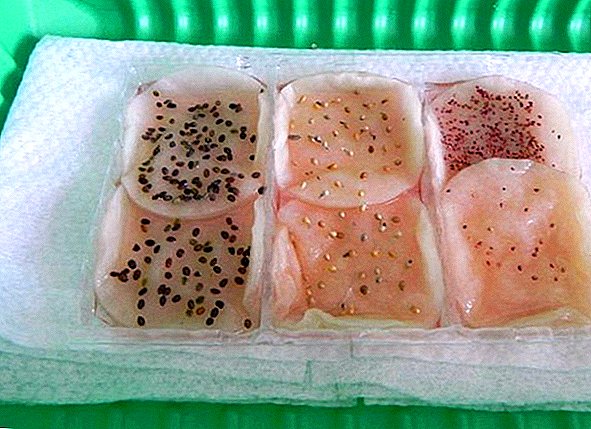
Did you know? 99% of all microelement stocks are in two countries: Japan and Chile.
Improving seedling immunity
This tool is widely used for feeding seedlings of tomatoes, eggplants and peppers. The shoots sprinkled with iodine water grow faster and stronger and are not subject to pests. Such water is prepared in proportion 1 drop of a trace element per 3 liters of water.
Important! To enhance the immunity of the seedlings should be processed only once.
Best bloom
Abundant flowering indoor plants can also be obtained through this tool. Iodine is especially effective as plant food. during the active growth phase. Fertilizing flowers should be started from February and continue until the end of autumn.
Inventive housewives use various organic fertilizers: potato peel, egg shells, banana peel, onion peel, nettle and yeast.
Consider feeding iodine on the example of geranium. For abundant blooming of home flowers, it is worth preparing such a fertilizer: dissolve one drop of iodine per liter of water and pour the soil near the walls of the pot so as not to burn the root. Water the geranium with the solution no more than once every three weeks.
Did you know? Over a person's life, he consumes about 5 grams of iodine, which is less than a teaspoonful.
Yield increase
Iodine not only fights with pests and helps plants to bloom, but is also indispensable for a vegetable garden. Spray and water iodine solutions can be trees, bushes, beds and flower beds. Apricots, currants, gooseberries, tomatoes, cucumbers and grapes take such top dressing well. 
Instructions for use of the iodine solution are as follows:
- Use 5% iodine solution for foliar and root fertilizer (10 drops - 40 drops of the drug);
- Spray the plants abundantly so that the liquid drains from the leaves;
- For root fertilizer, apply the solution to a moist soil.
Important! Handle the tool carefully! Some people have an allergic reaction to this trace element.
Against fungal diseases
Iodine is good for plants not only as a fertilizer, it is also a great helper in the fight against phytophtora. The composition of such an antiseptic is as follows: 40-50 drops of a product are added to 10 liters of water, a tablespoon of hydrogen peroxide is mixed with one liter of skim milk or milk whey.
Spraying diseased plants is worth in the evening every ten days. For the treatment of powdery mildew, a mixture of 10 liters of water, 10 drops of iodine solution and a liter of milk is suitable. 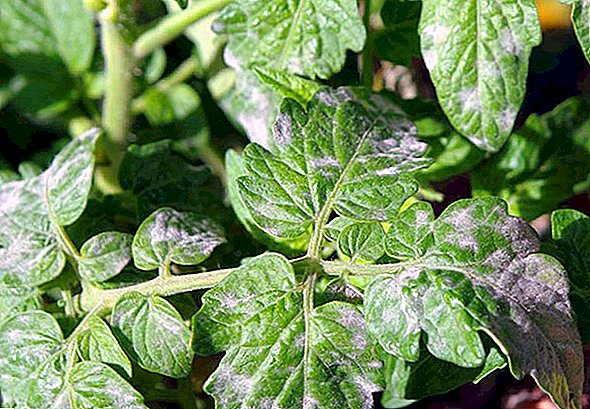
As you can see, recipes for iodine solutions are universal for all plant species, the only difference is in the method and frequency of application. If you have not previously resorted to using this drug on your site, then try it, it will become your indispensable assistant.



